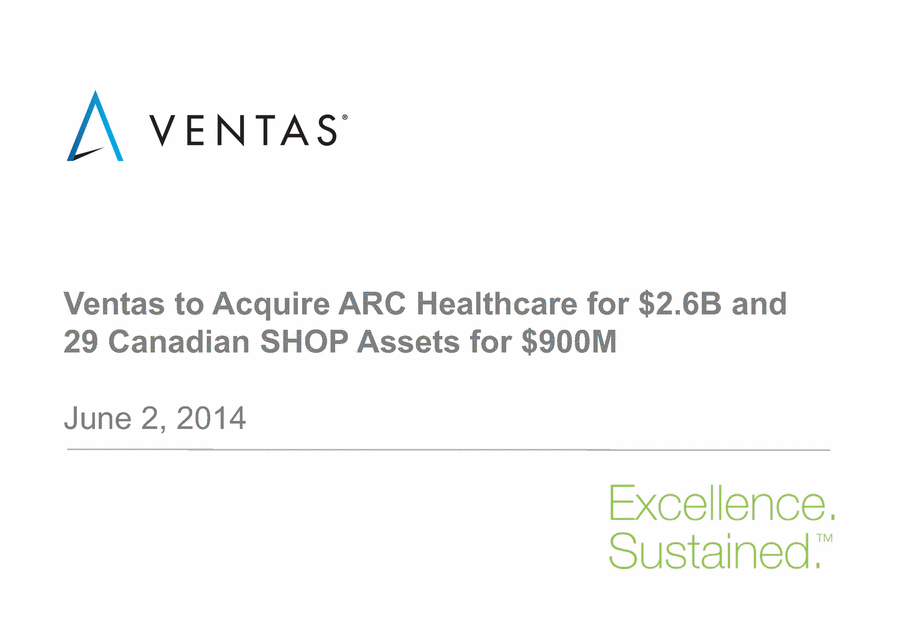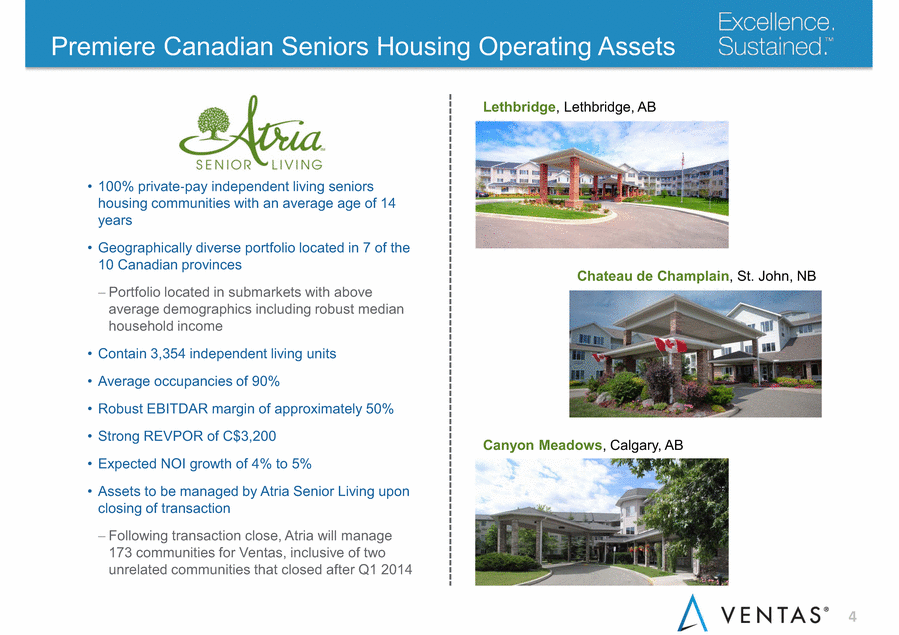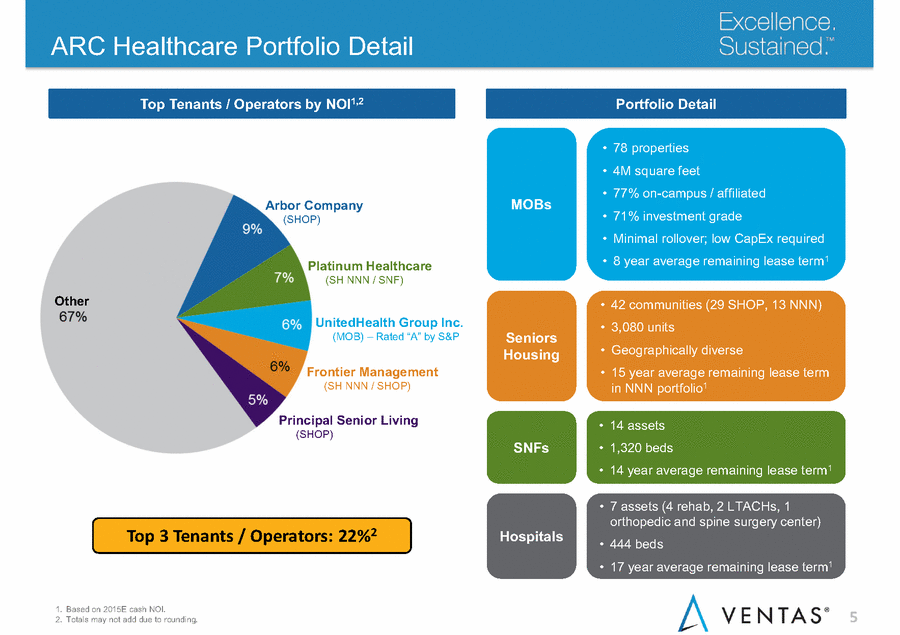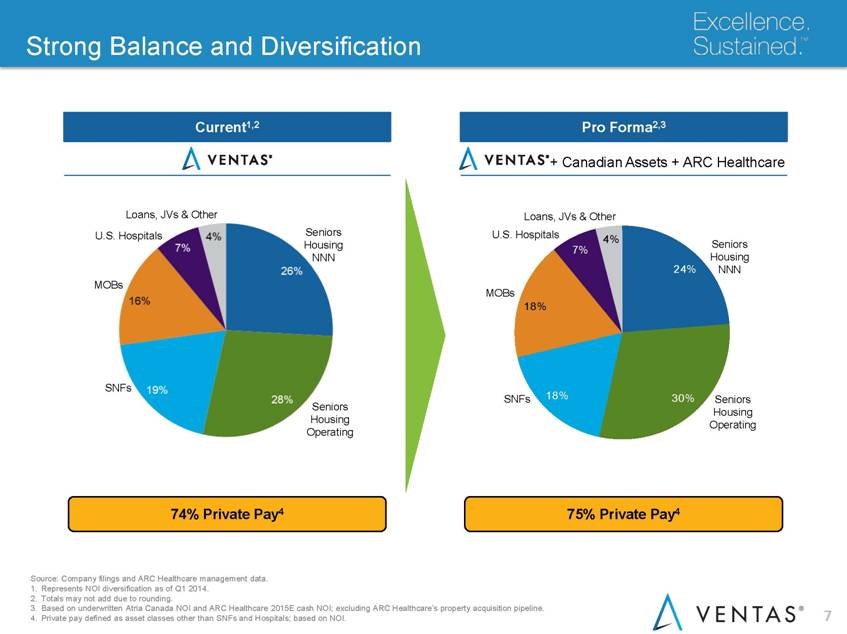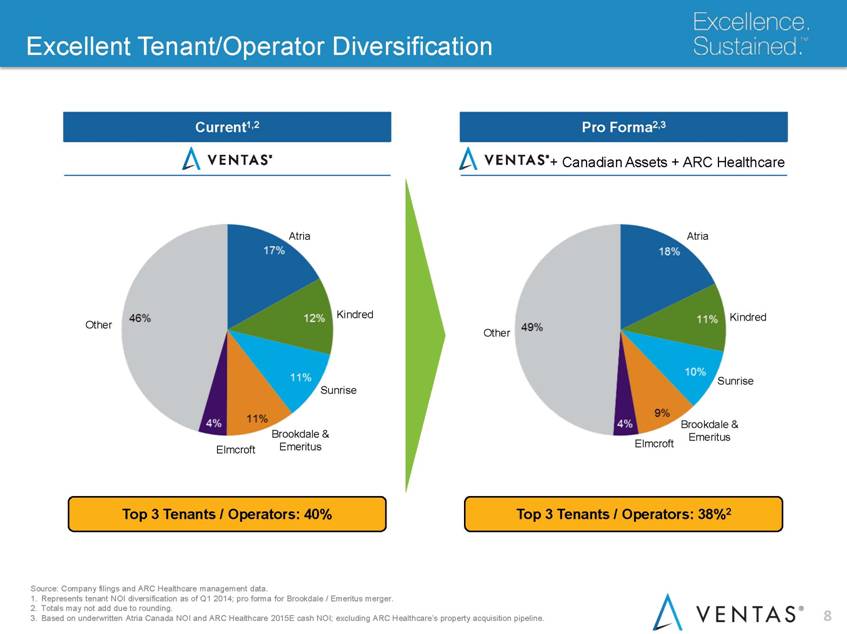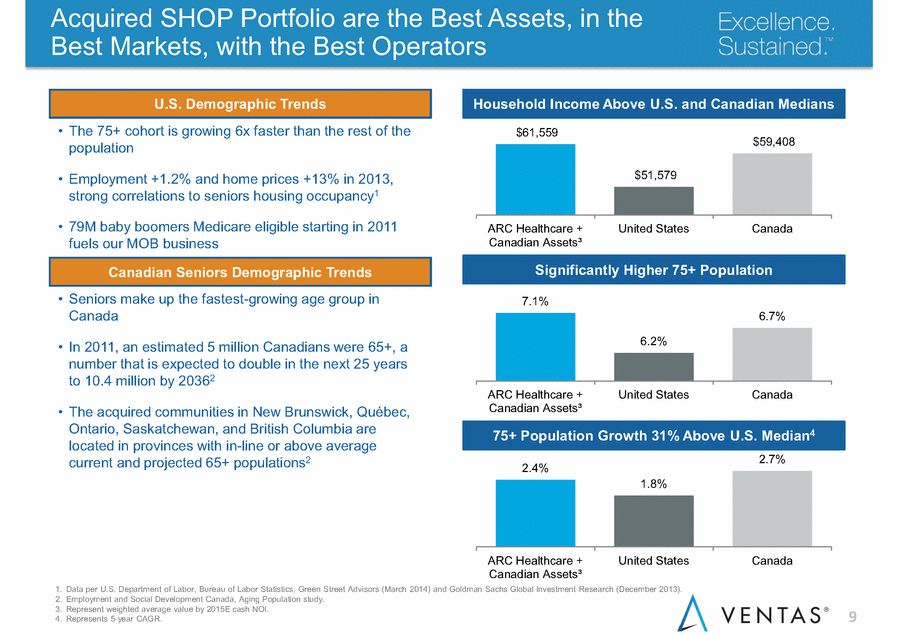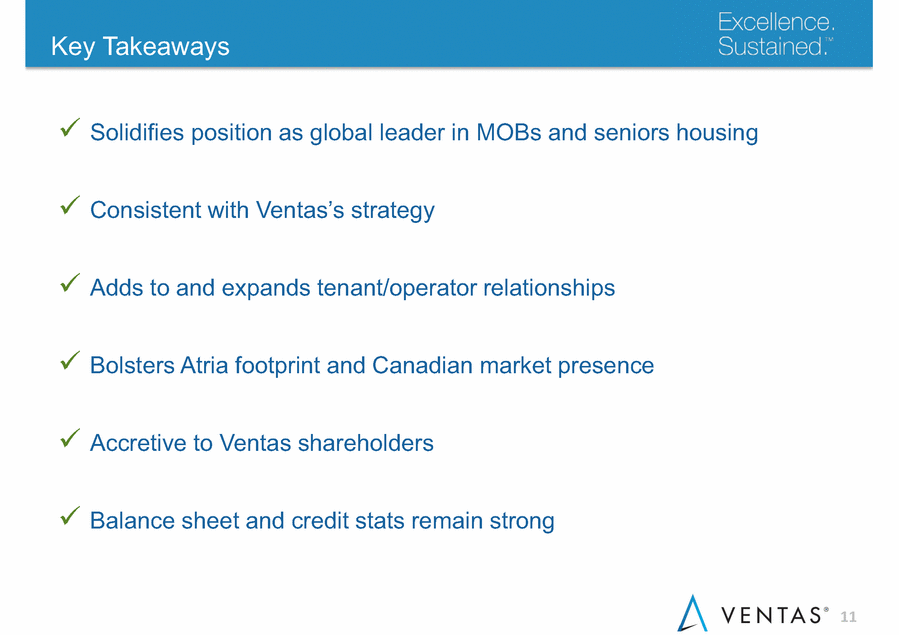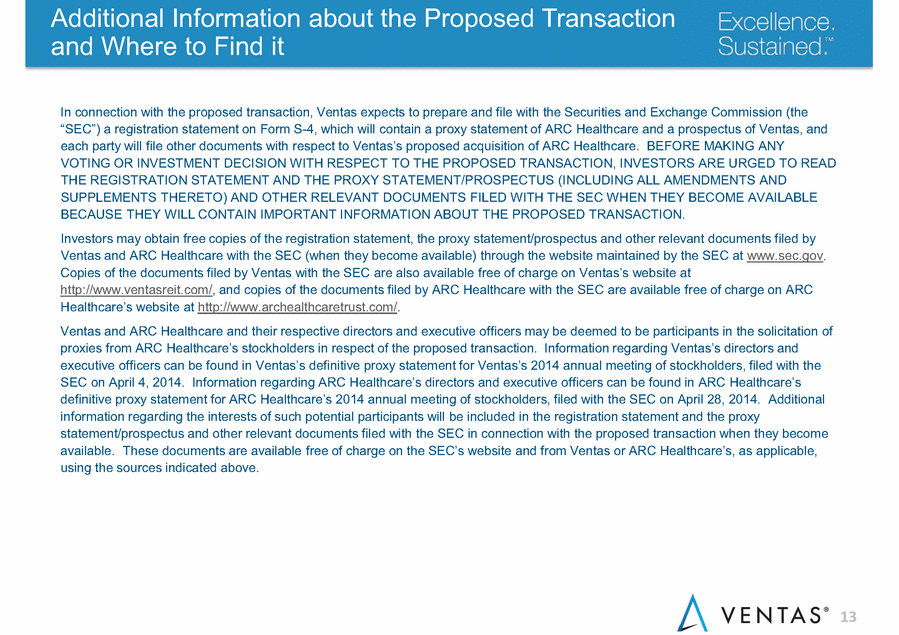
| 12 Forward-Looking Statements This presentation contains “forward-looking statements” within the meaning of Section 27A of the Securities Act of 1933, as amended, and Section 21E of the Securities Exchange Act of 1934, as amended. These forward-looking statements include, among others, statements of expectations, beliefs, future plans and strategies, anticipated results from operations and developments and other matters that are not historical facts. The forward-looking statements are based on management’s beliefs as well as on a number of assumptions concerning future events. Readers of these materials are cautioned not to put undue reliance on these forward-looking statements, which are not a guarantee of performance and are subject to a number of uncertainties and other factors that could cause actual events or results to differ materially from those expressed or implied by the forward-looking statements. The most important factors that could prevent the Company from achieving its stated goals include, but are not limited to: (a) the ability and willingness of the Company’s tenants, operators, borrowers, managers and other third parties to satisfy their obligations under their respective contractual arrangements with the Company, including, in some cases, their obligations to indemnify, defend and hold the Company harmless from and against various claims, litigation and liabilities; (b) the ability of the Company’s tenants, operators, borrowers and managers to maintain the financial strength and liquidity necessary to satisfy their respective obligations and liabilities to third parties, including without limitation obligations under their existing credit facilities and other indebtedness; (c) the Company’s success in implementing its business strategy and the Company's ability to identify, underwrite, finance, consummate and integrate diversifying acquisitions and investments, including investments in different asset types and outside the United States; (d) the extent of future or pending healthcare reform and regulation, including cost containment measures and changes in reimbursement policies, procedures and rates; (e) increases in the Company’s borrowing costs as a result of changes in interest rates and other factors; (f) the ability of the Company’s operators and managers, as applicable, to comply with laws, rules and regulations in the operation of the Company’s properties, to deliver high quality services, to attract and retain qualified personnel and to attract residents and patients; (g) the Company’s ability and willingness to maintain its qualification as a REIT in light of economic, market, legal, tax and other considerations; (h) the ability and willingness of the Company’s tenants to renew their leases with the Company upon expiration of the leases, the Company’s ability to reposition its properties on the same or better terms in the event of nonrenewal or in the event the Company exercises its right to replace an existing tenant or manager, and obligations, including indemnification obligations, the Company may incur in connection with the replacement of an existing tenant or manager; (i) risks associated with the Company’s senior living operating portfolio, such as factors that can cause volatility in the Company’s operating income and earnings generated by those properties, including without limitation national and regional economic conditions, costs of food, materials, energy, labor and services, employee benefit costs, insurance costs and professional and general liability claims, and timely delivery of accurate property-level financial results for those properties; and (j) the other factors set forth in the Company‘s periodic filings with the Securities and Exchange Commission. |
